
A one room schoolhouse is a common icon for education in North America, particularly from the late 18th through the early 20th century. Such schools were designed to serve rural communities, where education needed to be accessible without traveling long distances to larger institutions. The typical single classroom of the rural school accommodated students of various ages and grade levels, often ranging from kindergarten through eighth grade. The teacher was often responsible for instructing all grades simultaneously, to accommodate the individual differences of each student – a gargantuan task to say the least.
Historically, the dedicated one room school first appeared in Norway around 1715 and soon after in other Scandinavian countries. In the U.S.A. and Canada, however, a one room school was part of every early settlement. When families moved westward, establishing homes in rural areas with limited or no access to any education, communities attempted to find a solution that would ensure their children’s future. The first established one room schoolhouse in America was built in 1779 in Bennington, Vermont. This model was emulated across the countryside because it was a functional and economic way to provide education.
The architecture of one room schools was often simple: a rectangular building with large windows for natural light, a chalkboard, and rows of wooden desks. Teachers often used a bell to signal the beginning and end of classes, and discipline was typically strict. The teaching focused on reading, writing, arithmetic, and moral instruction, with textbooks that included the “McGuffey Readers” and “The Champion Spellers Book.”
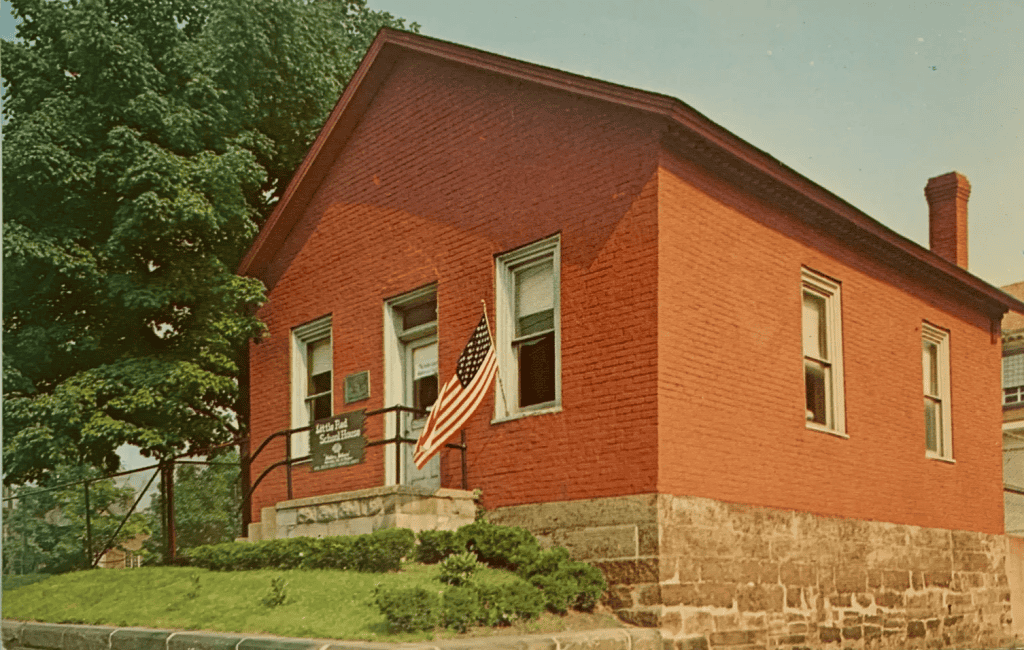
When public school systems began to emerge in more populated areas in the mid-19th century, one room schools became more standardized. Basic educational plans were copied from town to town and larger city school systems were imitated to the extent that finances allowed. By the late 1800s, these schools were prominent, especially in rural areas across the Midwest and New England. They would later wane in popularity with the rise of consolidated school systems (that included school-bussing) in the early 20thcentury. By the 1950s, many one room schools had closed, but their legacy remained.
A thorough analysis of any school system could literally take decades. And who would be able to analyze the success of a teacher? Only their students! Any social historian will echo these sentiments. Hence from the great American viewpoint let’s look at the faces of the boys and girls who once sat at desks in one room schools.
Abraham Lincoln: The 16th President of the United States had a modest upbringing in a one room log cabin schoolhouse in Kentucky and Indiana. Lincoln was largely self-educated, but the early schooling he received played a foundational role in his love for literature and learning.
Laura Ingalls Wilder: The author of the “Little House” series, which describes her childhood experiences in a pioneer family, attended a one room school. Her depictions of rural life and education in the 19th century reflect the realities of her education in such settings.
Andrew Carnegie: The steel magnate and philanthropist attended a one room school in Pennsylvania for a short period before his family moved to a large city. His experiences shaped his views on education and eventually led him to become a significant benefactor of public libraries and education.
John Dewey: The philosopher and educator who played a significant role in promoting progressive education also attended a one room school. Dewey’s beliefs in experiential learning were influenced by his early education experiences.
Carl Sandburg: The Pulitzer Prize-winning poet grew up in a rural area and attended a one room schoolhouse in Illinois. His writings often reflect the rural American experience of attending a one room school and being taught by a memorable teacher.
Eleanor Roosevelt: The former First Lady also attended a one room school during her childhood in New York. Her education and experiences influenced her later work in social reform and advocacy for education and human rights.
From a historical point-of-view the only way to go is forward, but a look at the legacy of a one room schoolhouse represents more than just an educational institution; it symbolizes community spirit, resilience, and a commitment to education despite geographic, economic, and social challenges. Such schools developed senses of community, where children learned academically, but also learned moral values.
Yes, today one room schools are relics, but if we remind ourselves of their legacies, the practices, morals, and social interactions they represent could only help and improve society. And remember schools have historically played a pivotal role in imparting social values. Have you noticed that most well educated individuals are the most progressive thinkers?
One last word about teachers, be they one room schoolteachers or university professors. Teachers are often viewed as community leaders who instill moral values through daily interactions with pupils and parents through their lessons that focus on honesty, integrity, and cooperation where truth, compassion and joint effort is never scorned. It is the narrative and discussion that changes minds, not hate or violence.
Finally, it was the simple, respectful atmosphere that was found in a one room school that prepared a child in such a way that he could enjoy his individuality and still respect the unique character of others.
“Ding-dong.” School’s out!
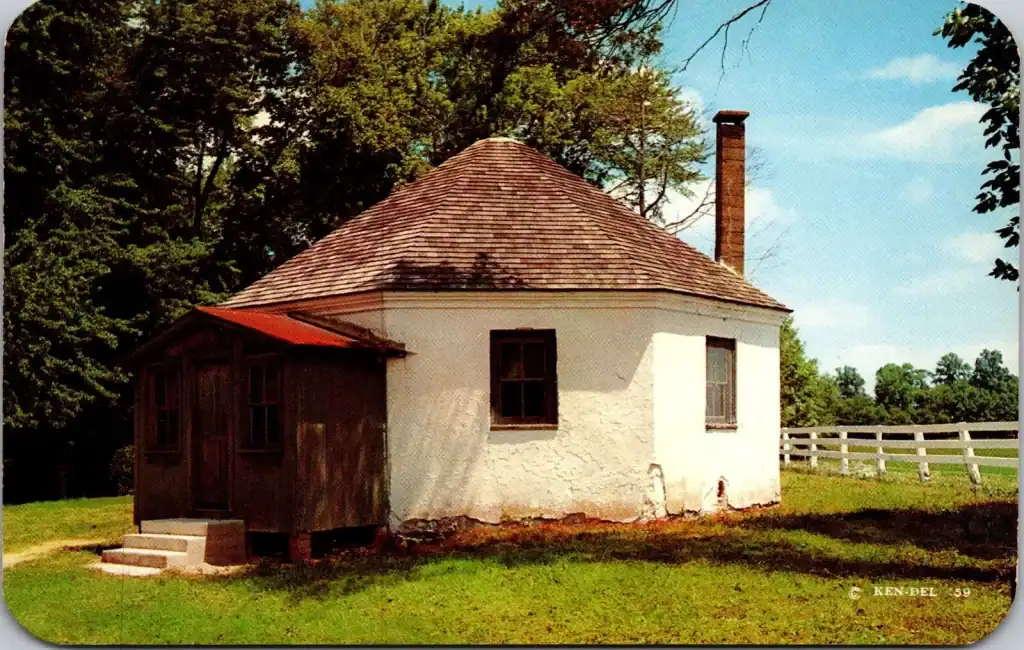
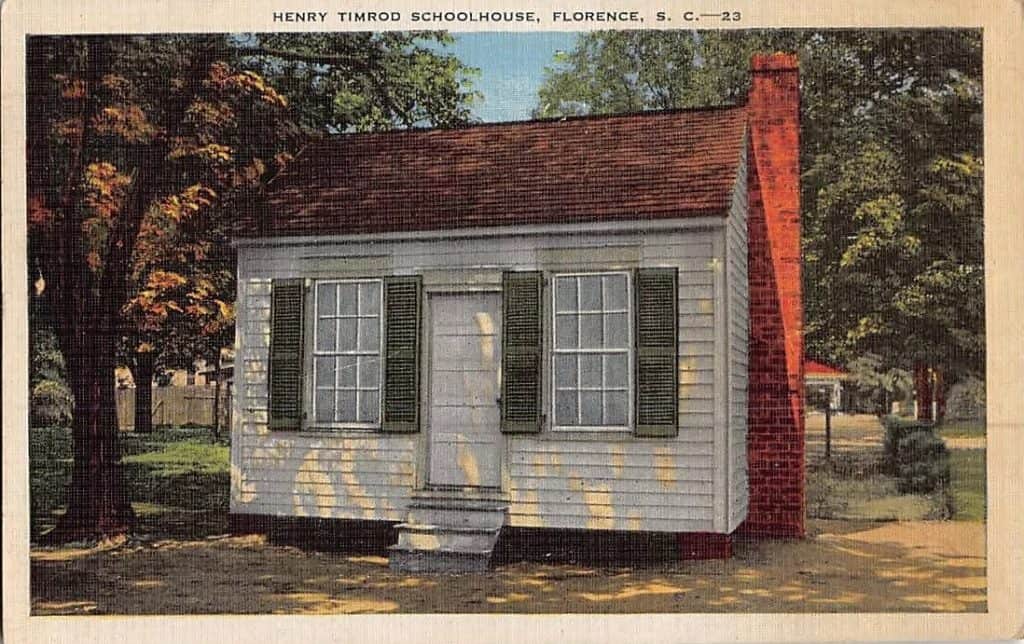
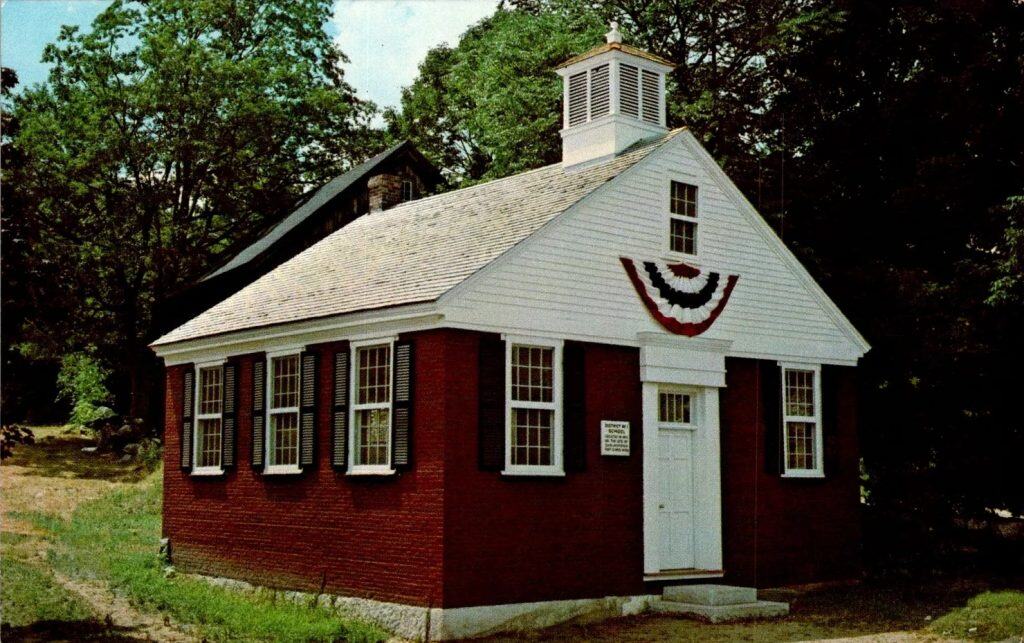
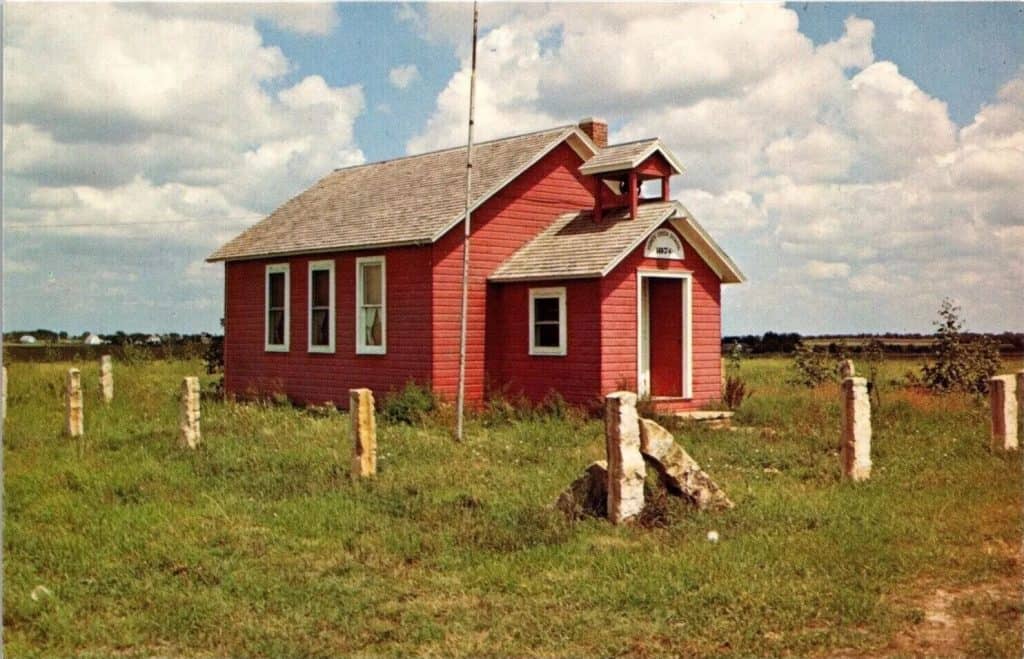
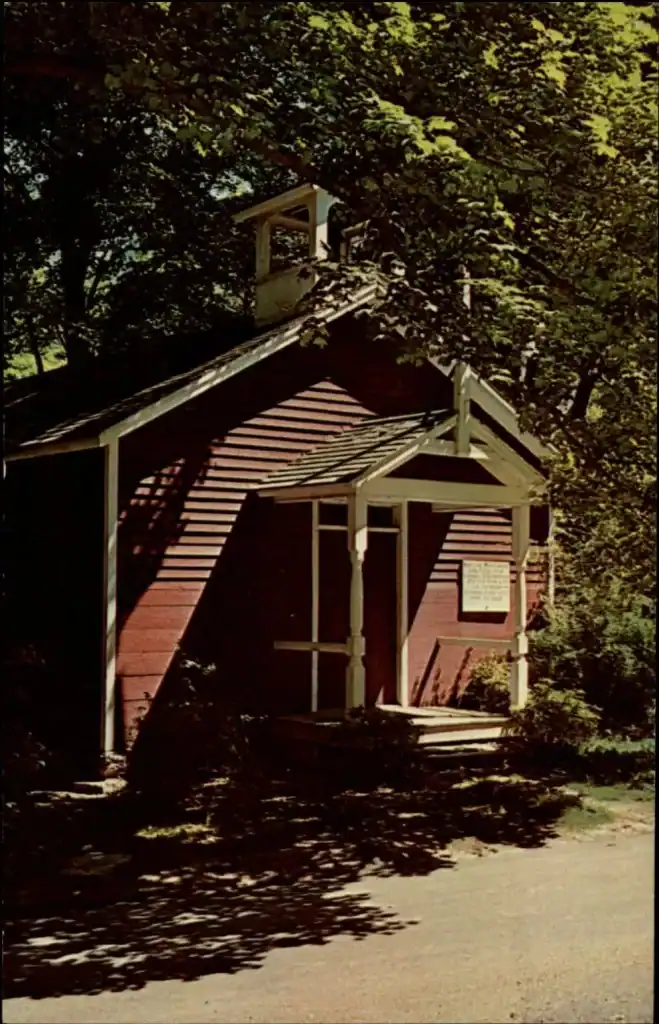
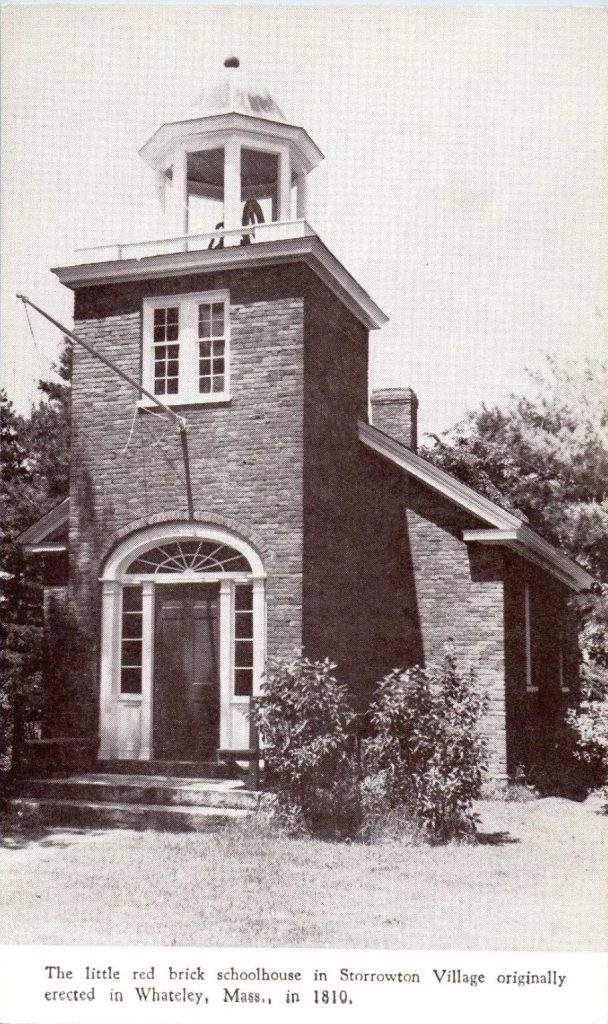
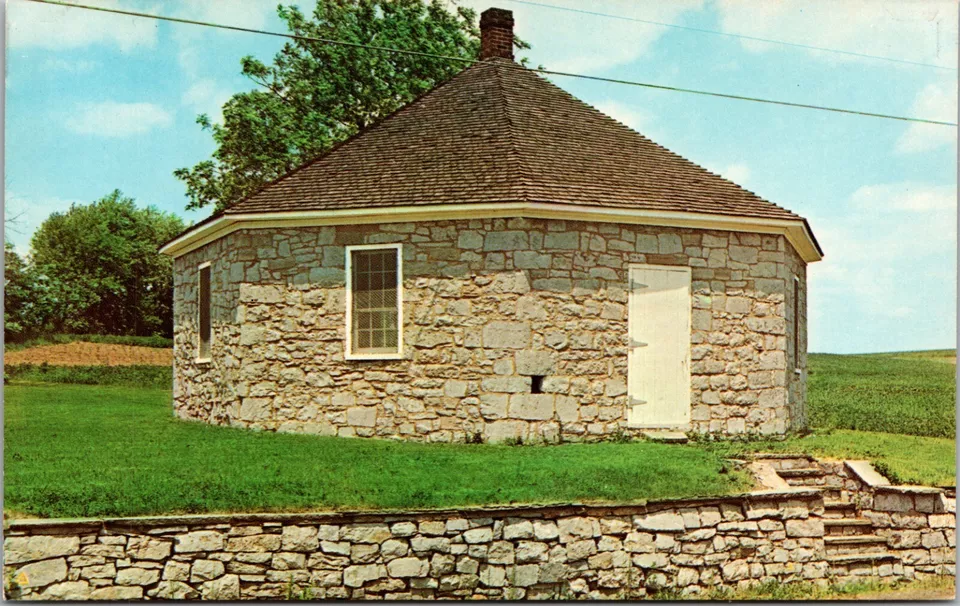
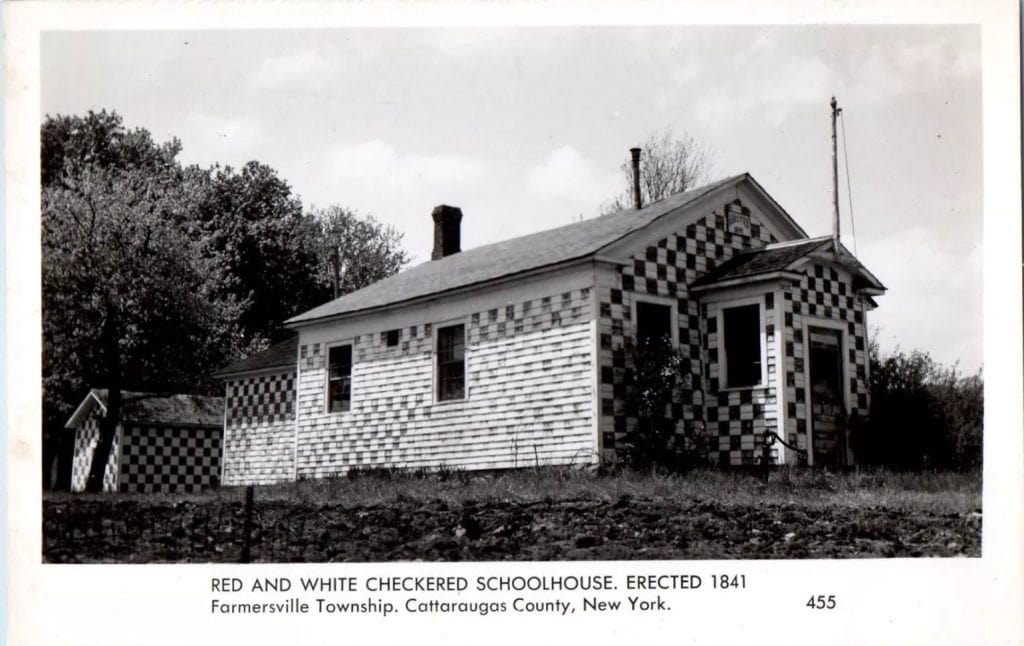
My childhood elementary school in Hyde Park, NY (North Park Elementary School) has a preserved historic “Little Red Schoolhouse” on its property. I remember they used to open it once a year for tours, but that hasn’t been done in many years. I still remember the little desks in it and the tiny bell in its peak. I do not recall ever seeing a postcard of it though.
Wile there were 190,000 one-room schools in the USA as of 1919, the number is now down to 400.